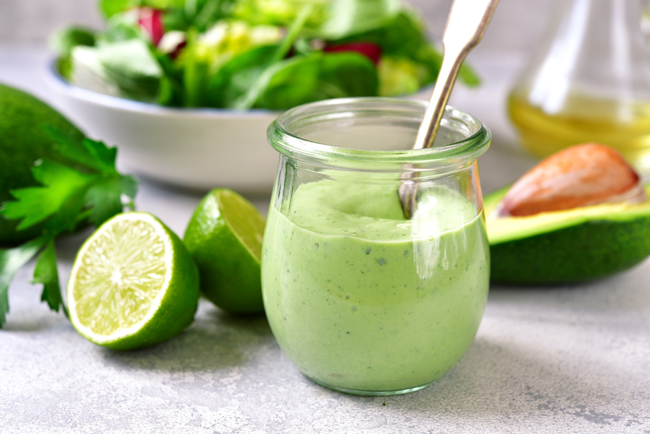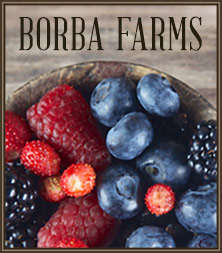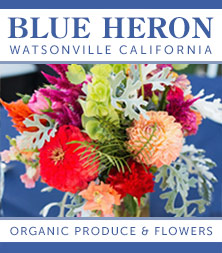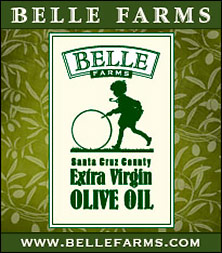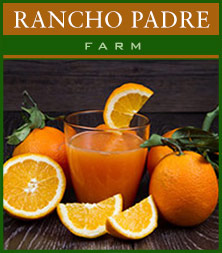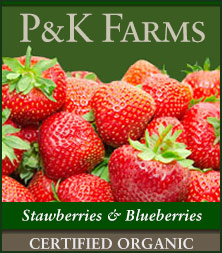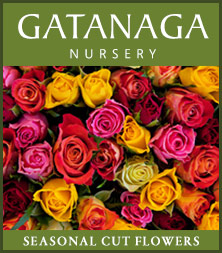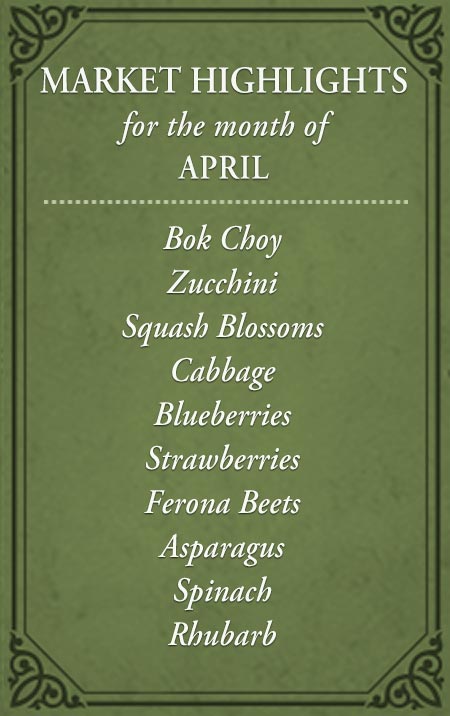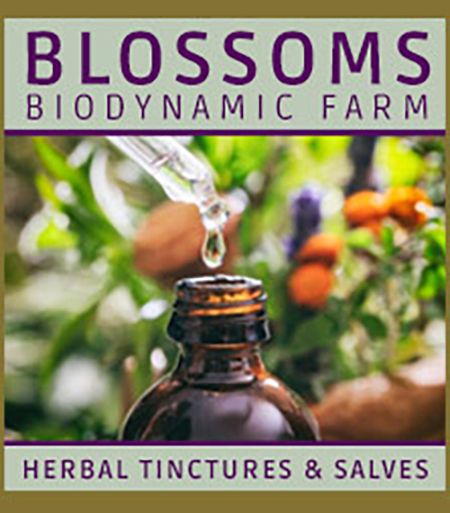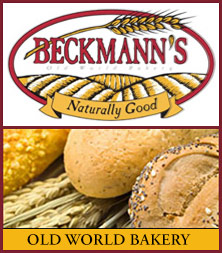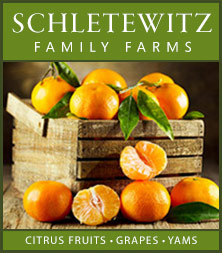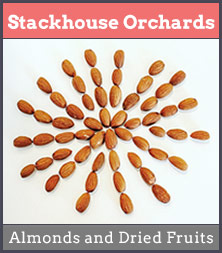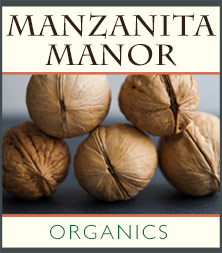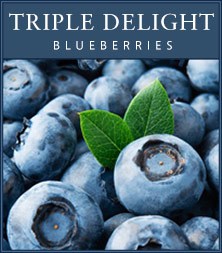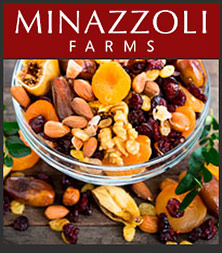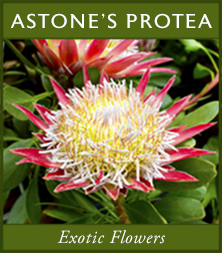Growing kitchen herbs in containers is a convenient and rewarding way to have a fresh supply of aromatic flavors right in your kitchen, backyard, or deck. Whether you have limited outdoor space or simply want easy access to your favorite herbs, container gardening offers a practical solution. Many herbs and starts are available at the farmers markets.
Tarragon
Tarragon is a versatile herb known for its anise-like flavor. It thrives in well-drained soil and requires at least six hours of sunlight per day. Choose a container that is at least 12 inches deep and plant tarragon seedlings or root divisions in early spring. Water regularly to keep the soil evenly moist, but avoid overwatering. Harvest the leaves as needed once the plant reaches a height of 8 to 12 inches.
Thyme
Thyme is a hardy herb that adds a delightful earthy taste to various dishes. It prefers well-draining soil and requires a sunny spot, ideally receiving six to eight hours of sunlight daily. Select a container with good drainage and plant thyme seedlings or cuttings in early spring. Water moderately, allowing the top inch of soil to dry between waterings. Prune regularly to maintain its bushy form and harvest sprigs from the plant once it becomes established.
Savory
Savory, whether summer or winter variety, adds a distinctive peppery flavor to many culinary creations. This herb prefers well-drained soil and a sunny location. Choose a container that allows for root development and plant seedlings in spring. Water the plant moderately, ensuring the soil is evenly moist. Harvest savory leaves once the plant has reached a height of 6 to 8 inches, trimming the stems as needed.
Lemon Balm
Lemon balm offers a refreshing citrus scent and flavor, making it a popular choice for teas and desserts. It grows well in containers with rich, well-drained soil and partial shade. Plant lemon balm seedlings in early spring and keep the soil consistently moist, avoiding waterlogged conditions. Regular harvesting of the leaves promotes bushier growth. Trim the stems just above a leaf node to encourage new growth.
Mint
Mint is a fast-growing herb that comes in various flavors, such as spearmint and peppermint, and it is ideal for container gardening due to its spreading nature. Choose a large container with good drainage, as mint roots can become invasive. Plant mint cuttings or seedlings in spring and keep the soil consistently moist. Mint appreciates partial shade, especially in hot climates. Regularly harvest the leaves to prevent the plant from becoming too leggy.
Oregano
Oregano is a staple herb in Mediterranean cuisine, renowned for its aromatic and savory taste. It thrives in well-drained soil and requires full sun. Select a container with good drainage and plant oregano seedlings or cuttings in early spring. Water moderately, allowing the soil to dry out slightly between waterings. Regular pruning will encourage a bushy growth habit, and you can start harvesting oregano leaves once the plant is established.
Rosemary
Rosemary is an evergreen herb with a delightful pine-like aroma and flavor. It prefers well-drained soil and requires at least six hours of sunlight each day. Choose a large container with good drainage and plant rosemary seedlings or cuttings in early spring. Water thoroughly and then allow the soil to dry before watering again. Prune regularly to maintain its shape and harvest sprigs from the plant as needed.
Cilantro
Cilantro, also known as coriander, offers a fresh and citrusy taste commonly used in Mexican and Asian cuisines. It grows best in well-drained soil and partial shade. Select a container with a depth of at least 8 inches and plant cilantro seeds in early spring or late summer. Keep the soil consistently moist, but avoid waterlogging. Harvest the leaves once the plant reaches a height of 6 to 8 inches, before it starts to bolt and produce seeds.
Basil
Basil is a popular herb with a distinctive aroma and a wide range of culinary uses. It requires well-drained soil and plenty of sunlight, at least six hours per day. Choose a container that is at least 6 inches deep and plant basil seeds or seedlings after the last frost date. Water the plant regularly, keeping the soil evenly moist. Pinch off the top leaves regularly to encourage bushier growth and delay flowering. Harvest basil leaves as needed, but avoid removing more than one-third of the plant at a time.
With a little effort and the right techniques, growing kitchen herbs in containers can provide you with a fresh and convenient supply of flavors. Experiment with different combinations and savor the delightful tastes that these herbs bring to your cooking. Happy gardening and bon appétit!
For further reading, see Cooking with Fresh Herbs and Sip Into Bliss — the Joy of Fresh Herbal Tea




